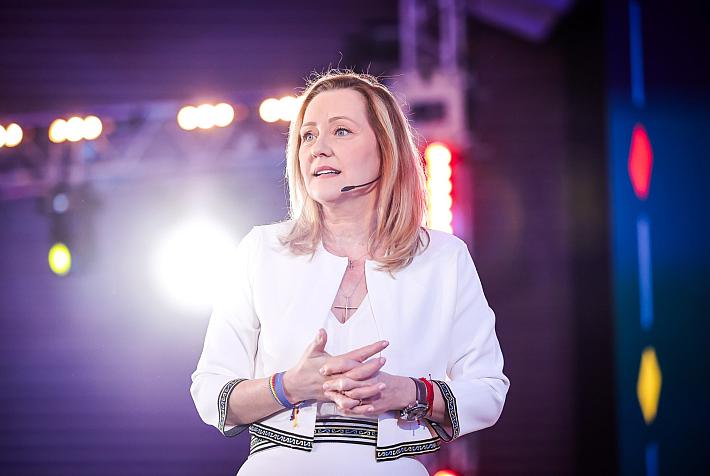Romania ranks as poorest innovator in 2017 EU scoreboard

Romania is at the bottom of the pile in Europe in terms of innovation performance in 2016, with a decline of 14.1 percentage points from 47.9% relative to the EU average in 2010, according to the 2017 edition of the European Innovation Scoreboard (EIS). The country had an average performance score of 33.8% relative to the EU average.
The EIS assesses relative strengths and weaknesses of national innovation systems and offers a comparative analysis of innovation performance in EU countries, other European countries, and regional neighbors. Comparisons between countries and over time are made relative to the performance of the EU in 2010, in order to provide an improved monitoring of performance changes over time.
Alongside Bulgaria, Romania falls in the Modest Innovator category, the lowest ranking one in the scoreboard and grouping countries that show a performance level below 50% of the EU average.
The EIS measurement framework, revised for this year’s edition, takes into account 27 different indicators that look at the main drivers of innovation performance external to the firm, public and private investment in research and innovation, innovation efforts at the level of the firm, and the impact of firms’ innovation activities.
The relative strengths of the country’s innovation system are in the innovation-friendly environment, and the human resources, while the relative weaknesses are in the innovation activities, and in the public and private investment in research and innovation.
The R&D expenditure in the public sector stood in 2016 at 21.8% relative to the EU 2010 average, while venture capital expenditures were 13.3% of the EU 2010 average. This brought the Finance and Support category of indicators in 2016 to 18.1% relative to the EU 2010 average.
At the same time, the R&D expenditure in the business sector was 15.9% of the EU average, and non R&D innovation expenditures of companies were 21.3% of the EU 2010 average. The private co-funding of public R&D expenditures dropped by over 36 pp from 2010 to 2016 to reach 61% relative to the EU 2010 average.
In the Innovation-friendly environment category, Romania scores better in the Broadband Penetration indicator, at 144.4% relative to the EU average, a 22 pp increase on the 2010 score. In the same category, Opportunity-driven Entrepreneurship is at 51.2% of the EU average, up 9.7 pp on the 2010 score.
Elsewhere in Europe, Sweden remains the innovation leader while Lithuania, Malta, the Netherlands, Austria and UK are the fastest growing innovators. The report also found that, at a global level, the EU is less innovative than Australia, Canada, Japan, South Korea, and the United States. Still, the performance differences with Canada and the United States have decreased compared to 2010, but those with Japan and South Korea have increased.
The full report is available here.
editor@romania-insider.com















